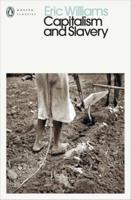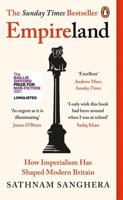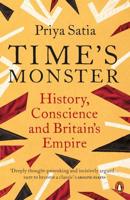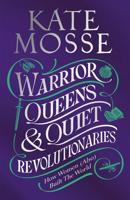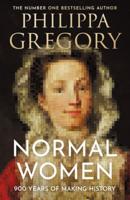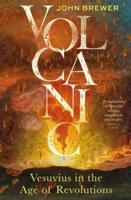Publisher's Synopsis
Culture. What is it? Paintings or television? The National Gallery or Harry Styles? There is of course no one answer, no agreement. But what is clear is that culture, however defined, plays a key role as a form and content of identity, while, in turn, it is affected by changes in the patterns and pressures of identification. In Emma, Jane Austen praised Shakespeare as a touchstone of Englishness and wrote: 'It was a sweet view - sweet to the eye and the mind. English verdure, English culture, English comfort, seen under a sun bright, without being oppressive.' Would anyone today write the same words without irony? Professor Black charts the changes in English culture over three centuries. Turnpikes, steam engines, canals, novels, landscape gardens, Adam Smith et al were scarcely indicators of an unchanging world; but Jeremy Black points out that the early period analysed was profoundly historic. The historical bent of the years from the Glorious Revolution to the Great Reform Act could be found in thought, religion, politics, law, society, literature, art, architecture, music, sculpture, and much else, and was true at all levels of society. And history still defines England today, even in its denial or rejection, with the destruction of monuments. History was presented as moving in an inevitable direction, one of steady improvement, a teleological progressivism. Black observes that 'In the 18th century, the public market for an explicitly English engagement with English culture and history became far stronger, in turn creating models for the future. Even if a shared inheritance, the past was interpreted to emphasise Englishness.' Then what happened?

